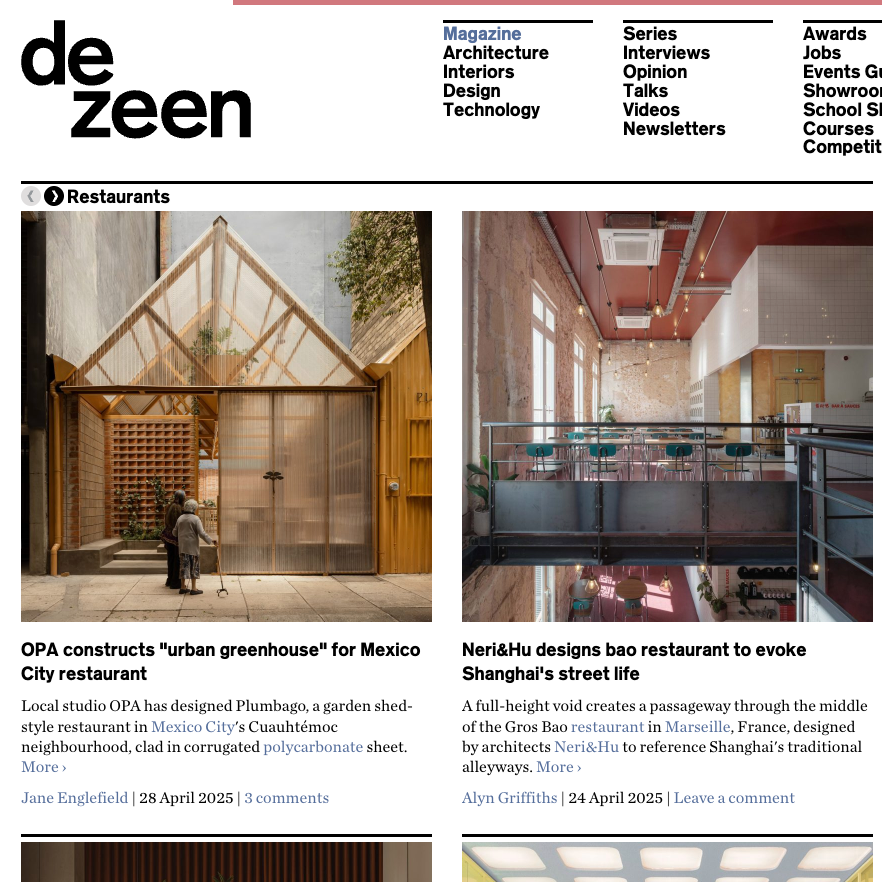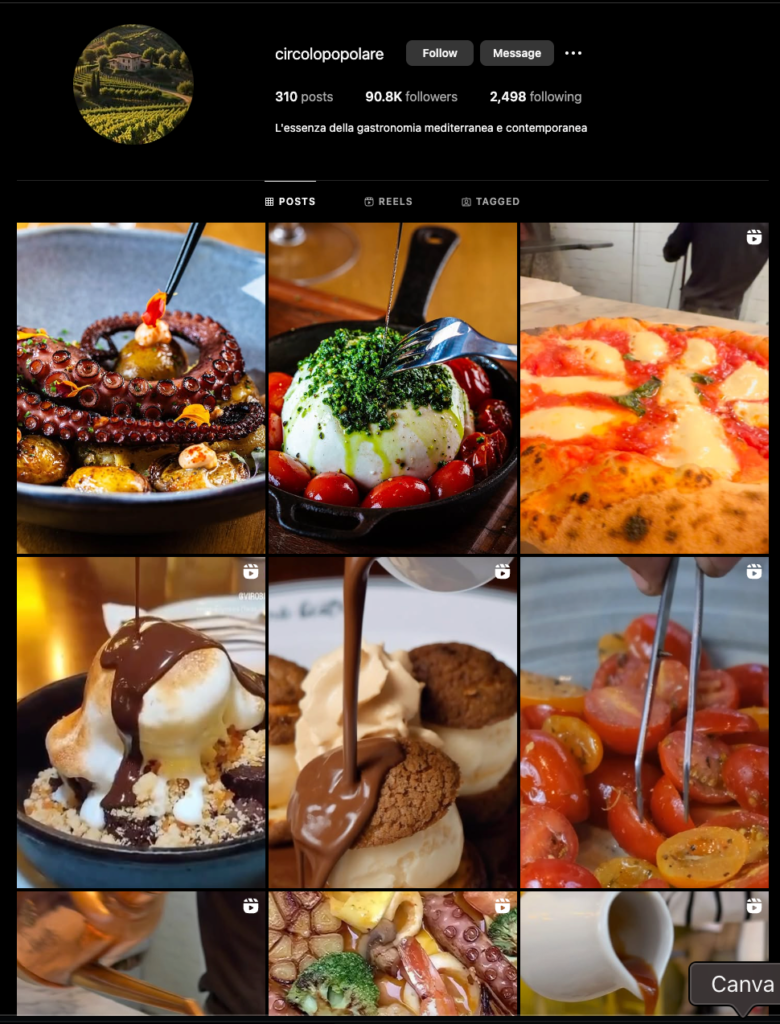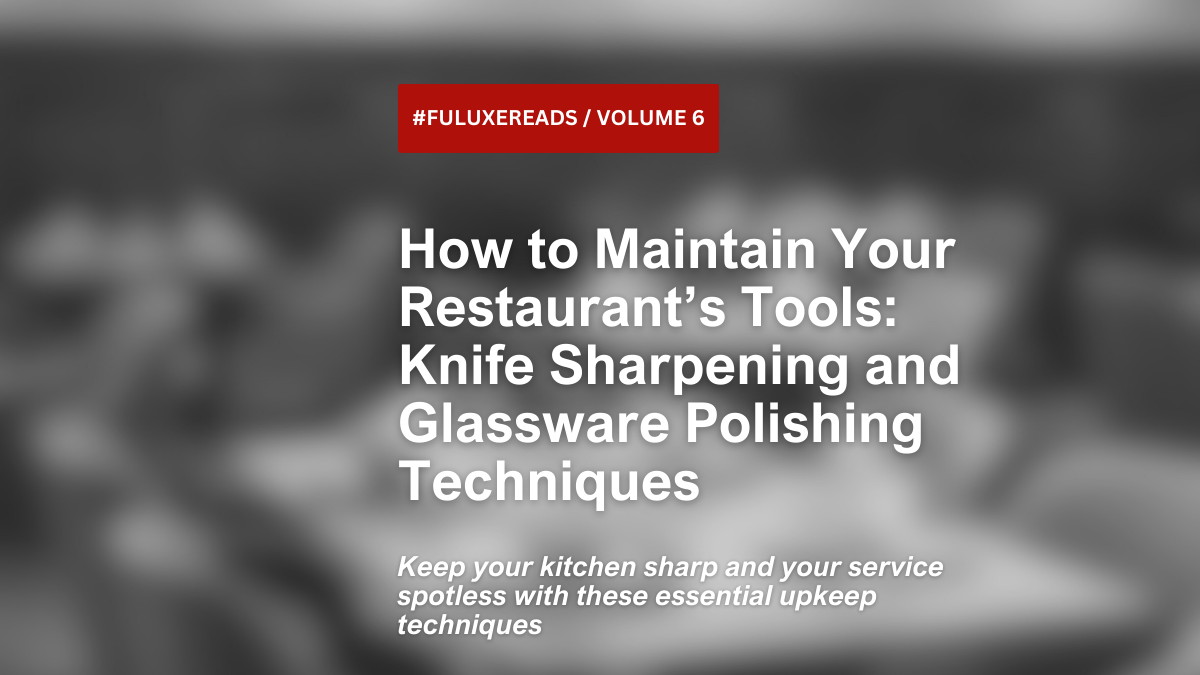Restaurant Design Do’s and Don’ts in Singapore: Expert Tips for a Successful Layout
Singapore’s dining scene is vibrant and fiercely competitive, making exceptional restaurant design a critical factor for success. A thoughtfully designed space not only attracts customers but also enhances their experience, encouraging repeat visits and positive word-of-mouth. In this guide, we’ll cover the essential do’s and don’ts of restaurant design, tailored to Singapore’s unique context. Each principle is paired with detailed descriptions and direct links to real-world examples where you can see these ideas in action. This expanded guide, offers actionable insights for creating a standout restaurant.
Do’s for Restaurant Design in Singapore
1. Establish a Cohesive Theme
A unified theme is the foundation of a memorable restaurant. In Singapore, where dining is often an immersive experience, a strong theme can differentiate your venue from countless others.
- Why It Matters: A cohesive theme reinforces your brand and creates an emotional connection with diners. For instance, a coastal theme can transport guests to a seaside retreat, ideal for seafood-focused eateries.
- How to Do It: Use light wooden floors, white-washed walls, and nautical touches like rope accents or driftwood decor. Add soft blues and sandy beige tones to complete the vibe.
- Real-World Example: Check out the coastal elegance of The Restaurant at La Jolla Beach and Tennis Club. For broader inspiration, browse this Dezeen gallery of coastal restaurant interiors.
- Singapore Twist: Incorporate local elements like seashells from Sentosa’s shores to tie it to the Lion City.

2. Incorporate Natural Elements
Biophilic design—bringing nature indoors—is hugely popular in Singapore, reflecting the city’s “Garden City” ethos.
- Why It Matters: Plants, wood, and water features improve air quality, reduce stress, and appeal to eco-conscious diners. Studies show that natural settings can increase dwell time by up to 20%.
- How to Do It: Install vertical gardens, hang trailing ivy from ceilings, or place potted herbs on tables. A small water feature can add soothing sounds.
- Real-World Example: See the lush interiors of Circolo Popolare on Instagram. Locally, visit Open Farm Community’s website for a garden-inspired dining space.
- Singapore Context: Use native plants like pandan or ferns to reflect the region’s biodiversity.

3. Use Strategic Lighting
Lighting shapes ambiance and functionality, a key consideration in Singapore’s diverse dining culture.
- Why It Matters: Adjustable lighting caters to different moods—bright for casual lunches, dim for intimate dinners. It also highlights decor and food presentation.
- How to Do It: Combine warm pendant lights over tables, spotlights on artwork, and ambient floor lamps in corners. Use dimmers for flexibility.
- Real-World Example: Explore Architectural Digest’s restaurant lighting ideas. Locally, view Odette Singapore’s gallery for sophisticated lighting design.
- Pro Tip: In humid Singapore, opt for LED lights to reduce heat output.
4. Apply Color Psychology
Colors subtly influence diner behavior, a powerful tool in a fast-paced city like Singapore.
- Why It Matters: Red and yellow energize and stimulate appetite, perfect for quick-service spots, while blues and greens calm, suiting upscale venues.
- How to Do It: Use bold red accents in a hawker-style eatery or soothing teal in a fine-dining space. Balance with neutrals to avoid overwhelming guests.
- Real-World Example: Search McDonald’s interior designs for red-heavy layouts. For calming tones, see The Blue Taj’s gallery.
- Singapore Application: Add Peranakan-inspired turquoise or coral for a local flair.
5. Plan an Efficient Layout
A smart layout ensures smooth operations and guest comfort, critical in Singapore’s busy dining hubs.
- Why It Matters: Efficient flow reduces service delays and enhances satisfaction. A study found that poor layouts can cut revenue by 15% due to bottlenecks.
- How to Do It: Arrange tables with ample aisles, place service stations centrally, and keep the kitchen accessible yet discreet.
- Real-World Example: Browse ArchDaily’s restaurant floor plans. Locally, check Restaurant & Café’s layout tips.
- Singapore Note: Maximize small spaces, a must in this land-scarce city.
Don’ts for Restaurant Design in Singapore
1. Overcrowd the Space
Cramming too many tables into your restaurant sacrifices comfort for capacity—a risky move in Singapore’s quality-driven market.
- Why It’s a Problem: Overcrowding increases noise, slows service, and frustrates guests, driving them to competitors.
- What to Avoid: Tables so close that diners feel claustrophobic or staff struggle to move.
- Cautionary Example: Search “overcrowded restaurant dining area” to see what not to do.
- Local Impact: In Singapore’s humid climate, tight spaces feel even more stifling.
2. Neglect Ventilation
Poor airflow is a dealbreaker in Singapore’s tropical heat.
- Why It’s a Problem: Stuffy rooms and lingering kitchen smells ruin the meal, especially for heat-sensitive diners.
- What to Avoid: Relying solely on air-conditioning without proper exhaust systems.
- Learn More: Read WebstaurantStore’s ventilation guide for pitfalls to dodge.
- Singapore Tip: Install ceiling fans to complement AC in open-air sections.
3. Ignore Accessibility
Excluding diners with disabilities is both unethical and impractical in an inclusive city like Singapore.
- Why It’s a Problem: Inaccessible designs limit your customer base and may breach regulations like the BCA Accessibility Code.
- What to Avoid: Narrow pathways, no ramps, or cramped restrooms.
- Positive Example: Search “ADA-compliant restaurant design” for accessible layouts to emulate.
- Local Lens: Ensure wheelchair access at hawker-inspired venues too.
4. Forget About the Entrance
Your entrance is your restaurant’s handshake—make it count.
- Why It’s a Problem: A dull or confusing entry can turn potential customers away before they explore your menu.
- What to Avoid: Plain doors with no signage or charm.
- Inspiration: See Barra Restaurant’s bold entrance or browse Dezeen’s creative entrances.
- Singapore Twist: Add a tropical plant archway for a warm welcome.
5. Overlook Staff Needs
A dysfunctional back-of-house hampers service, a costly oversight in Singapore’s high-stakes dining scene.
- Why It’s a Problem: Cramped kitchens or poor workflows lead to delays and staff burnout.
- What to Avoid: Tiny prep areas with no clear zones for cooking and plating.
- Cautionary Example: Search “small restaurant kitchen bad design” for mistakes to avoid.
- Pro Tip: Consult staff during planning—they know what works.
Singapore-Specific Design Trends
Singapore’s restaurant aesthetic blends global influences with local heritage. Here are three trends dominating the scene:
- Minimalist Chic: Sleek lines and neutral palettes, as seen at Burnt Ends.
- Heritage Fusion: Peranakan tiles or colonial touches, like at Candlenut.
- Industrial Edge: Raw brick and steel, popular at Common Man Coffee Roasters.
For more, explore Tatler Asia’s best-designed Singapore restaurants.
Why Design Matters
- “Great design tells a story and makes guests feel something.” – Hospitality Design Magazine
- “In Singapore, space constraints demand creativity—every corner must work hard.” – Local architect, Home & Decor Singapore
- Research shows ambiance influences 70% of diners’ return decisions (RestaurantOwner.com).
More Inspiration Sources
- Google Searches: “Singapore restaurant interiors,” “biophilic design restaurants,” “modern lighting ideas.”
- Websites:
- Pinterest – Search “Singapore restaurant design.”
- Dezeen – Real projects with photos.
- Hospitality Design – Trends and galleries.
Conclusion
Designing a restaurant in Singapore is about blending aesthetics, functionality, and local flavor. Use these tips and linked examples to craft a space that wows guests and streamlines operations. For the best results, collaborate with a designer familiar with Singapore’s dining landscape. Your restaurant’s success starts with its design—make it unforgettable.
Related post

Restaurant Design Do’s and Don’ts in Singapore: Expert Tips for a Successful Layout
Singapore’s dining scene is vibrant and fiercely competitive, making exceptional

How to Maintain Your Restaurant’s Tools: Knife Sharpening and Glassware Polishing Techniques
Introduction Running a successful restaurant requires more than just great
Related post

Restaurant Design Do’s and Don’ts in Singapore: Expert Tips for a Successful Layout
Singapore’s dining scene is vibrant and fiercely competitive, making exceptional

How to Maintain Your Restaurant’s Tools: Knife Sharpening and Glassware Polishing Techniques
Introduction Running a successful restaurant requires more than just great
Recent Posts
- Restaurant Design Do’s and Don’ts in Singapore: Expert Tips for a Successful Layout
- How to Maintain Your Restaurant’s Tools: Knife Sharpening and Glassware Polishing Techniques
- How to Choose a Booking Platform and POS System for Your Restaurant in Singapore
- How to Choose the Restaurant Location in Singapore in 2025
- Effective Strategies to Promote Restaurant in Singapore in 2025

Recent Comments